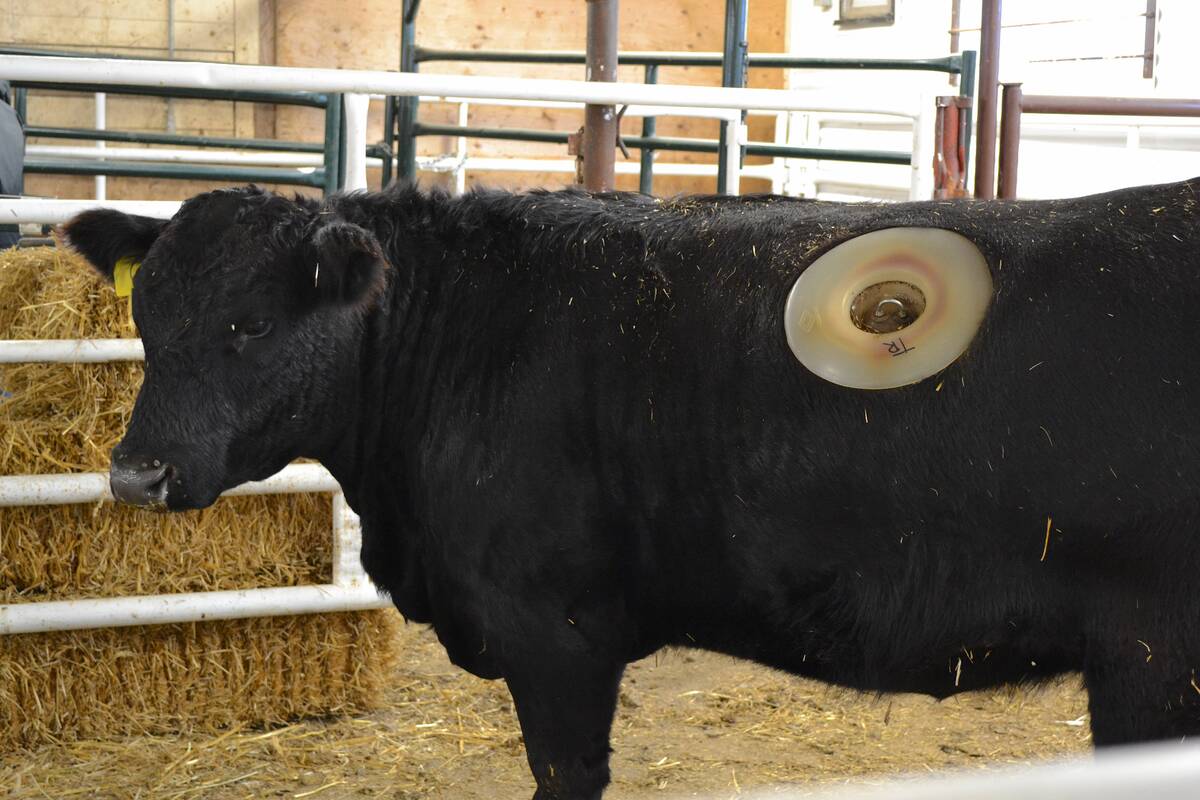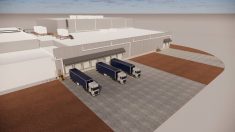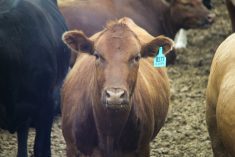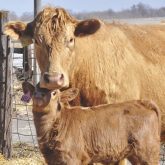Thank you for the recent article about feed assistance in Alberta Farmer Express.
I would like to add to this. I am a cattle producer in northern Alberta. We did receive some rain in late August, but too late for our first and often only cut of hay.
Our area does not qualify for the AgriRecovery program as our county is so large that some areas were less affected. However, having a program based on geographical area simply makes no sense. The program should be available to all producers who are affected by the drought.
Read Also

Lakeland College studying livestock wellness through cannulated heifers
Lakeland College’s Applied Research Team is working with six cannulated heifers on a handful of research projects.
I can provide proof of additional bales I have had to buy, additional supplementary feed, dates of pasture turn out and that I had to pull the cows earlier from pasture. I can show that I have suffered financially from the effects of the drought.
I have had to buy in over 70 per cent of my feed this year, where normally, I have more than adequate land to feed my cattle. Here are some of my concerns about introducing the target areas approach for compensation and need to see the AgriRecovery response program removing this stipulation to include all regions of Alberta, as the drought conditions are affecting feed prices across the province, regardless of the producer’s geographical location.
Producers in our province have had a very challenging last few years. I know many producers have been facing a dramatic increase to the cost of production, while fields and forage crops have struggled to recover from the 2021 drought conditions. At the same time, high fertilizer and other commodity prices have made finding alternative ways to manage our hay and forage crops extra challenging.
The cost to transport feed, finding the feed and buying in feed has been a struggle for several years. Our traditional feed stockpiles have been depleted and this was not the year to be able to replenish them.
We continue to see producers having to make the tough decision to exit the industry as it is no longer financially feasible to remain. For our producers to have a viable future and livelihood in the industry, more financial support is needed to help us build some reserves and resiliency during drought times.
Despite some areas getting sufficient and timely rains, this drought still hurts all producers. I live in a grain land area, and am the last cattle ranch left. It is just becoming too hard to maintain the herds when there are disproportionate programs available to crop growers rather than livestock ranchers for risk management.
The risk management strategies available to cattle producers are limited to Western Livestock Price Insurance on our calves, but nothing for our cow herd (that I know about).
Calf prices look good this fall, but when you must pay such high prices for feed, trucking, parts and other industry costs, the margin left is still too narrow. It cannot cover the added costs of buying in additional feed to maintain the cow herd in a drought year. Even though $150 per cow is just a drop in the ocean, all assistance would be welcome.
Having equal opportunity to access drought relief for all those affected should be implemented across Alberta. Personally, we have only been able to produce about 30 per cent of our feed needed for this winter, we have reduced our cow herd size and we have had to take animals later to pasture and pulled them sooner this year.
We have reworked additional fields, attended workshops on how to become more resilient in times of drought, but this dry start of the growing season did not give us time to implement some of these changes.
I truly hope more producers will contact their associations, the provincial agriculture minister, AFSC, their local MLA and other parties to ensure the AgriRecovery program is available to all producers who need it, and to remove the geographical stipulation. All producers are affected, not only those in specific regions.
Louise Liebenberg
High Praire, Alberta















